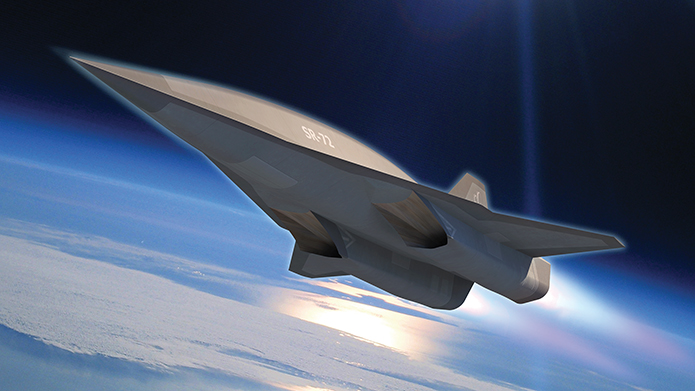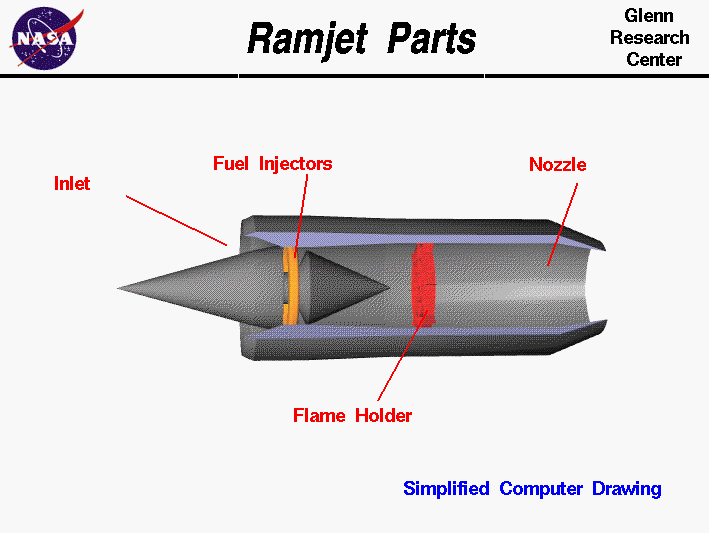Yeah, yeah--I know, I have been absent for a bit again. But it's not that I haven't been blogging! It's that most of my aviation-related posts these days have wound up on another site. Allow myself to quote... myself.
Then there's a little airplane-related commerce:
The Lijian is interesting because it looks like this...
... i.e., stealthy, and if it also IS stealthy, it could complicate things in the Pacific for the U.S. and Japan. A hard-to-detect drone can serve as a targeting node for anti-ship missiles, for one thing--and China depends on such missiles to keep hostile fleets away from its coasts.
Not that anyone is being hostile at the moment. But with China abruptly creating an "air identification defense zone" that happens to overlap with Japan's above the disputed island chain, and the U.S. reacting by flying two heavy bombers through the middle of it, it seems like tensions might go up a bit more before they subside. And, one hopes, that is where it ends.
This week, the Internet lit up with an annotated video of what appears to be China’s latest (or at least most recently unveiled) drone design.So that's one drone. Pretty neat looking. I'm not sure the joined-wing design really does much more than that at this point (and it's not at all clear this one is operational or more than a testbed), but it's an interesting airframe.
The body resembles the United States’ Global Hawk, although perhaps a bit smaller. Its standout external features, though, are its joined wings — a sort of diamond shape formed by forward-swept wings mounted in the rear and backward-swept wings mounted in the front.
Then there's a little airplane-related commerce:
The market for the JF-17 fighter appears to be expanding in unexpected ways. At the Dubai Airshow, which opened on Sunday, the Pakistan Aeronautical Complex had a freshly minted example on display, complete with an array of Chinese-made missiles and bombs.And finally, another Chinese drone:
The Pakistani company jointly produces the plane with China’s Chengdu Aircraft Industry Corporation; the fighter is seen as one of China’s efforts to move up the value chain in arms exports. But according to recent news reports, Pakistan has plans to export the aircraft itself.
Yet another Chinese drone variant has taken wing — and this one might be stealthy.
According to the state-run Global Times newspaper, the Lijian, or “Sharp Sword,” combat drone made its first flight on Thursday. The report said the flight lasted about 20 minutes and went without incident.
The English-language China Daily also carried a report on the Lijian.
The Lijian is different from other Chinese drones, such as the joined-wing design spotted a few weeks ago, in that it appears to be designed with stealth characteristics in mind. The contours are similar to those of the Lockheed Martin RQ-170 Sentinel and even the Northrop Grumman X-47B, which is in the midst of aircraft carrier landing trials. Dassault’s nEURon and BAE’s Taranis programs are also superficially similar.
The Lijian is interesting because it looks like this...
Sweet fake cockpit, Lijian.
... i.e., stealthy, and if it also IS stealthy, it could complicate things in the Pacific for the U.S. and Japan. A hard-to-detect drone can serve as a targeting node for anti-ship missiles, for one thing--and China depends on such missiles to keep hostile fleets away from its coasts.
Not that anyone is being hostile at the moment. But with China abruptly creating an "air identification defense zone" that happens to overlap with Japan's above the disputed island chain, and the U.S. reacting by flying two heavy bombers through the middle of it, it seems like tensions might go up a bit more before they subside. And, one hopes, that is where it ends.






